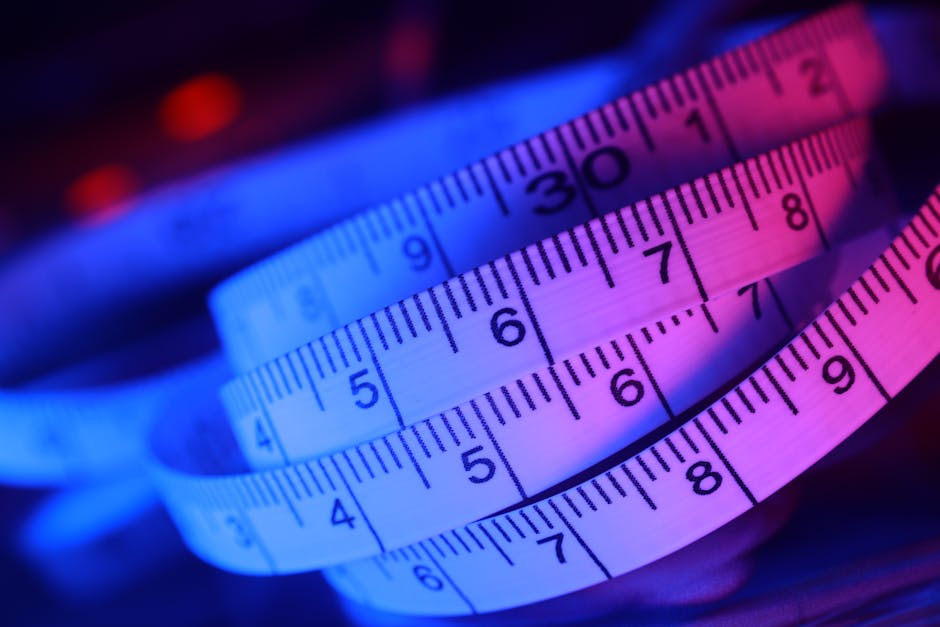Imperial Conversions •
Dec '24
The Imperial and U.S. Customary systems are two of the most widely recognized measurement systems, particularly in countries like the United Kingdom and the United States. Despite their similarities, these systems have distinct origins and difference... << Continue >>
Metric Conversions •
Dec '24
In global communication and trade, understanding and accurately converting between different measurement systems is vital. The metric system, used by most of the world, allows for standardized communication, reducing errors and misunderstandings in ... << Continue >>
Unit Calculators •
Dec '24
Unit calculators play an integral role in modern engineering projects, acting as indispensable tools that help engineers navigate the complexities of unit conversions and calculations. Engineering, by its very nature, involves the use of various unit... << Continue >>
Measurement Tools •
Dec '24
When it comes to professional measuring tools, precision and reliability are paramount. With a variety of options available on the market, understanding the key features that separate a high-quality measuring tool from a subpar one is essential. In ... << Continue >>
Imperial Conversions •
Nov '24
Converting imperial units to other measurement systems can be tricky, especially for those who aren't accustomed to working with these units regularly. Mistakes in these conversions can lead to significant errors, particularly in fields such as engin... << Continue >>
Measurement Tools •
Nov '24
Calibration is a critical process for ensuring that measurement tools provide accurate and reliable readings. Over time, even the most reliable instruments can drift from their original settings, leading to inaccurate measurements that could impact ... << Continue >>
Unit Calculators •
Nov '24
When it comes to dealing with different units of measurement, two popular tools come to mind: unit calculators and conversion charts. While they both serve the purpose of converting one unit to another, they differ in how they operate, their convenie... << Continue >>
Length Conversion •
Nov '24
The Metric and Imperial systems are the two primary measurement systems used globally today. While the Metric system is predominantly used in most countries, the Imperial system remains in use in the United States, Liberia, and Myanmar. These two sys... << Continue >>
Measurement Tools •
Nov '24
When it comes to measuring distances, two primary tools often come to mind: laser measuring tools and tape measures. Both have their merits and unique applications, but understanding which tool is better suited for your needs requires a closer look a... << Continue >>
Length Conversion •
Nov '24
Length conversions play a significant role in international trade, influencing everything from packaging and shipping to compliance with local regulations. Differences in measurement systems can create challenges, especially when businesses operate a... << Continue >>









